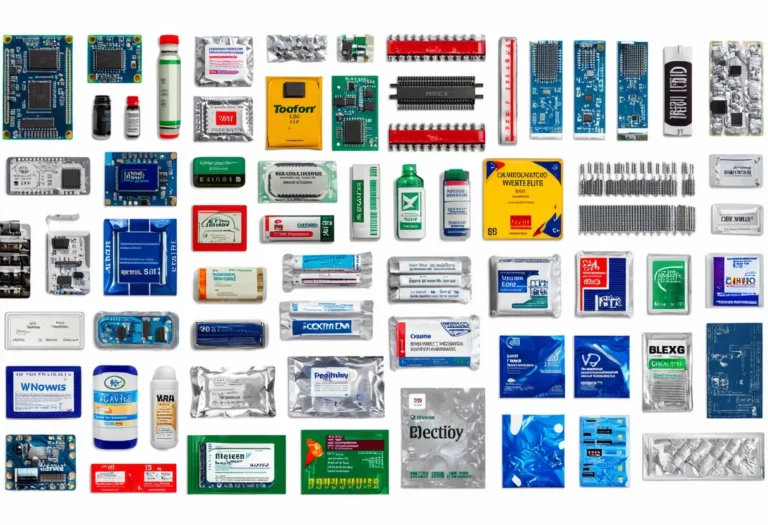Kuwait, with a population of 4,268,873, is ranked 123rd in the world, just behind Panama. Located in the Middle East, it covers 17,820 square kilometers, ranking 146th globally, just below Fiji.
Kuwait’s economic position in 2022 is notable, with a GDP of $175,363,265,306.122, ranking 56th globally. It follows Hungary, which has a GDP of $177,337,436,677.365. Kuwait’s GDP per capita is $41,079.5227, placing it 28th worldwide.
It is surpassed by Andorra, with a GDP per capita of $41,992.7728. Despite facing challenges, Kuwait’s economy remains resilient and continues to play a significant role in the global market.
What are the economic activities of Kuwait?
- Primary activities: 0.4% of GDP.
- Secondary activities: 58.7% of GDP.
- Tertiary activities: 40.9% of GDP.

Primary Sector of Kuwait
The primary sector in Kuwait, particularly its agricultural activities, is limited due to the arid climate and scarcity of water resources. With only 8.42% of the land suitable for agriculture, the country produces a variety of crops and animal products. The main agricultural products include tomatoes, dates, cucumbers/gherkins, eggs, milk, chicken, lamb/mutton, vegetables, potatoes, and eggplants.
Despite agriculture contributing only 0.4% to the GDP, these products play a crucial role in the country’s economy. They provide essential food sources and support local markets, showcasing the significance of agriculture in Kuwait.
The country boasts a diverse geological landscape, leading to abundant natural resources. Its primary sector thrives on petroleum, natural gas, fish, and shrimp, significantly driving the economy.
Kuwait’s gas production of 16.91 billion m³ in 2020 solidifies its position as a key player in the global energy market.
Secondary Sector of Kuwait
What is the secondary sector or what are secondary activities?
The secondary sector comprises industries that transform raw materials from primary activities into finished products. In Kuwait, the main industrial products are petroleum, petrochemicals, cement, shipbuilding and repair, water desalination, food processing, and construction materials. These products are essential for both domestic consumption and export, contributing significantly to the country’s economy.
Manufactures in Kuwait’s total exports hold a modest 3.39% share in 2023, indicating their limited significance in the country’s export economy.
Tertiary sector of Kuwait
What is the tertiary sector or what are tertiary activities?
The tertiary sector in Kuwait encompasses various services where individuals provide expertise and time to enhance productivity and meet demands. This sector includes intangible goods like advice, attention, and knowledge. Main tertiary activities in Kuwait are healthcare, education, banking, communication, media, and transportation.
Specifically, Tourism plays a crucial role in Kuwait’s economy, contributing significantly to its GDP. With 8,565,000 annual arrivals, the industry thrives. The Grand Mosque and the Kuwait Towers are among the most popular tourist destinations, showcasing the country’s rich cultural heritage and modern architecture.
Another example of tertiary economic activity is the mobile cellular sector, which boasts approximately 7.7 million subscriptions, equating to 181 per 100 inhabitants. This extensive connectivity fosters technological growth and innovation.
Military Activities and Economic Sectors of Kuwait
The military is a key example of various economic activities in a country. It involves the primary sector, like resource extraction for weapons. The secondary sector includes the manufacturing of military equipment. The tertiary sector covers services provided by the military, while the quaternary sector focuses on military research and development. Lastly, the quinary sector deals with high-level military decision-making and strategy.
In Kuwait, the military expenditure for 2023 is $7.755 billion, which is 4.53% of the GDP. The active military force consists of 13,452 personnel, resulting in about 16.6 active military members for every 1,000 people in the population.
Biggest company in Kuwait
Which is the biggest company in Kuwait? The largest is Kuwait Finance House, valued at approximately $29.56 billion. It operates in the banking industry, specifically in the tertiary sector. Founded in 1977, it plays a key role in the country’s financial services.
International Trade of Kuwait
Import Activities of Kuwait

Import activities in Kuwait are of moderate importance, accounting for 3.68% of GDP, with total imports in 2023 reaching $6.46 billion.
Kuwait’s key import activities include cars, gold, jewelry, garments, and packaged medicine. Its main import partners are the UAE (20%), China (16%), Saudi Arabia (9%), the US (7%), and Japan (4%).
Exports Activities of Kuwait

In Kuwait, exports reached $101 billion in 2023, accounting for 57.59% of GDP. This high percentage highlights the critical role of export activities in driving the country’s economy, making it a crucial component for economic growth and stability.
Kuwait’s export activities primarily focus on crude petroleum, refined petroleum, and natural gas. Its top export partners include China, India, South Korea, Japan, and Taiwan, with China accounting for the largest share at 24%. Other key exports include hydrocarbons and acyclic alcohols.
Kuwait economy challenges in 2024
Kuwait faces economic diversification challenges in 2024. Despite progress in renewable energy and finance, heavy reliance on oil remains. Space and tourism sectors show promise, but more investment needed. Balancing tradition with modernization is key amid ongoing development program.




Leave a Reply